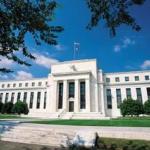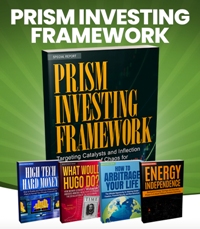 The 2026 fiscal year started on October 1. The Treasury, so far, has reported its spending for the first two months. The dismal results should come as no surprise.
The 2026 fiscal year started on October 1. The Treasury, so far, has reported its spending for the first two months. The dismal results should come as no surprise.
The U.S. government has already run up a deficit of $458 billion – and there’s still 10 more months to go. Specifically, for the months of October and November there were total outlays of $1.198 trillion, with receipts of just $740 billion. The difference – the $458 billion – was made up with debt. Of the $1.198 trillion in outlays, $179 billion was to pay the net interest on the debt.
Here at the Economic Prism, we remember when the ‘annual’ deficit first exceeded $450 billion. You may too. It wasn’t very long ago – 2008 to be exact. At the time we thought spending was totally out of control. Little did we know, just one year later, 2009, the budget deficit would spike to $1.4 trillion. Now trillion-dollar annual deficits are the norm.
With this current rate of spending, the 2026 fiscal year deficit will come in around $2.75 trillion. This deficit, like each annual deficit, will be racked and stacked on top of the total government debt. After many decades of extreme deficits, the U.S. national debt is at $38.5 trillion – and rising fast. Continue reading







